sweet bean paste
Sweet Bean Paste: Five Amazing Types You Should Try!

Savannah Walker
Posted on February 20, 2024
Share:
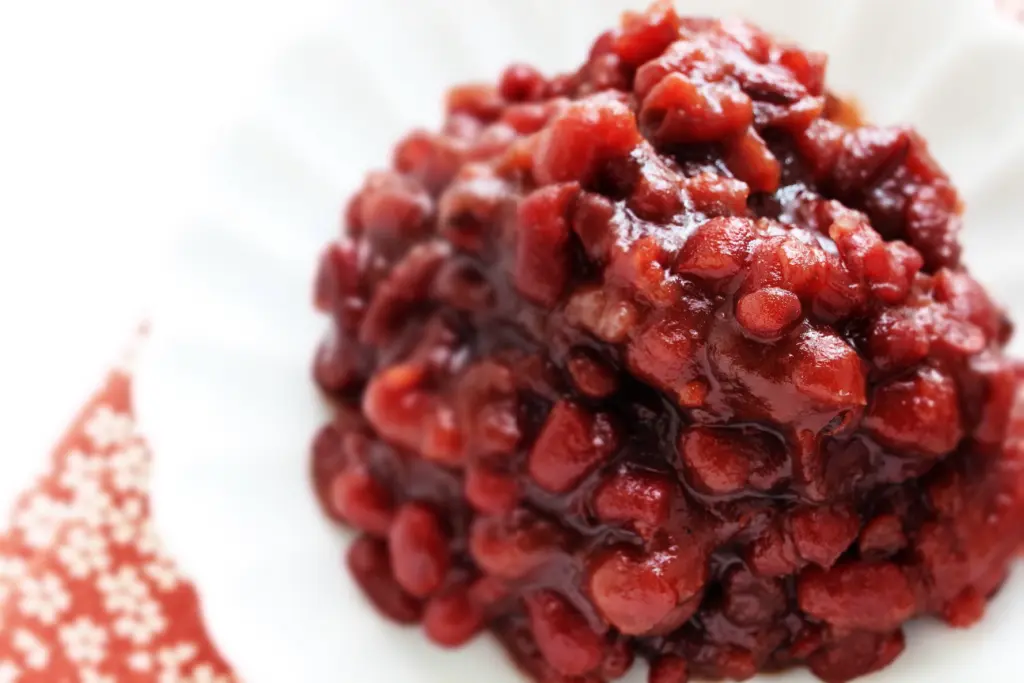
In Japanese confectionery, sweet bean paste is cherished for its gentle sweetness. Boiling beans with sugar creates an enchanting aroma and a distinct taste that delights the senses. With traditional and modern variations, sweet bean paste offers a range of flavors to savor.
What is sweet bean paste?
Sweet bean paste, called anko in Japanese, is cherished in the heart of Japanese culinary traditions. It is a delicacy that uses simmered beans and sugar. This also produces a smooth texture and lovely sweetness in countless Japanese desserts and snacks.
Additionally, this paste is a versatile ingredient in Japanese cuisine. It can be a filling in mochi or swirled into fluffy pancakes. It can also be savored on its own. Not to mention, anko represents the care and dedication that goes into Japanese cooking. Take a moment to appreciate the years of tradition and craftsmanship that have gone into creating this beloved culinary treasure, and enjoy it next time you have a treat with anko.
Zunda (Boiled Green Soybean)
Zunda, a vibrant green delicacy, comes from the beautiful Tohoku region of Japan. This also references the cooking culture of the region, where the simple soybean becomes a unique dish. It tastes fresh and creamy, showing the charm of Tohoku’s countryside.
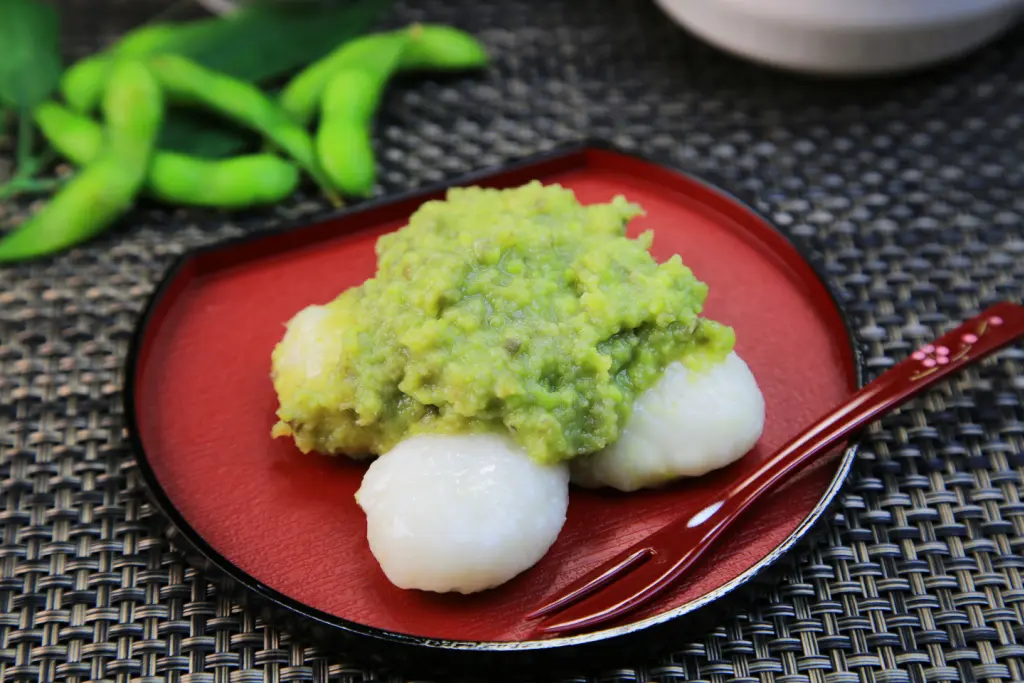
You can use it to spread on warm toast or incorporate it into traditional wagashi, showcasing its flavor and culinary appeal. Not to mention, each spoonful offers a blend of sweetness and umami, a symphony of flavors reflecting Tohoku’s rich agricultural heritage.
Are you looking for some amazing snacks with sweet bean paste? Check out Sakuraco! Sakuraco sends traditional Japanese sweets, snacks, home goods, and tea straight to your door.
Shiro-an (White Bean Paste)
Shiro-an, also known as white bean paste, is a smooth white paste known for its yummy and traditional flavor! This smooth and tasty paste is crafted from white beans like lima or navy beans. It’s a versatile ingredient in Japanese cuisine, especially in iconic treats like daifuku and dorayaki.
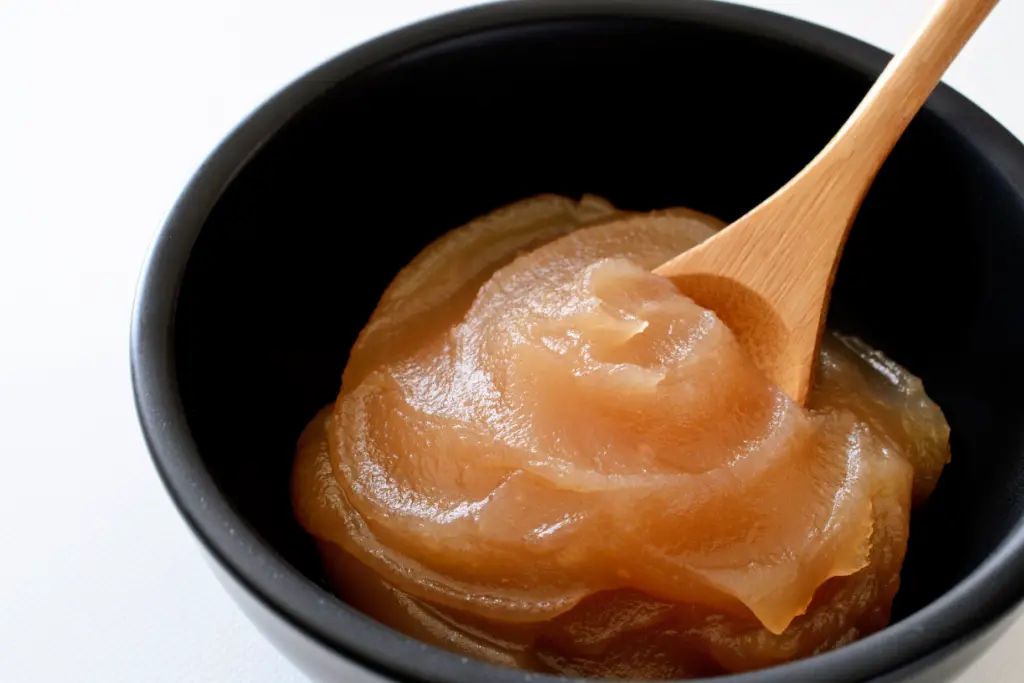
Moreover, it puts subtle sweetness into every bite. Shiro-an undoubtedly captivates the senses and celebrates the timeless tradition of Japanese sweets. Whether enjoyed on its own or as a critical ingredient in beloved desserts, its flavor lies not just in its taste but in the stories it tells, the traditions it honors, and the memories it brings with every delicious bite!
Tenshin Amaguri (Chestnut Flavored Shiro-an)
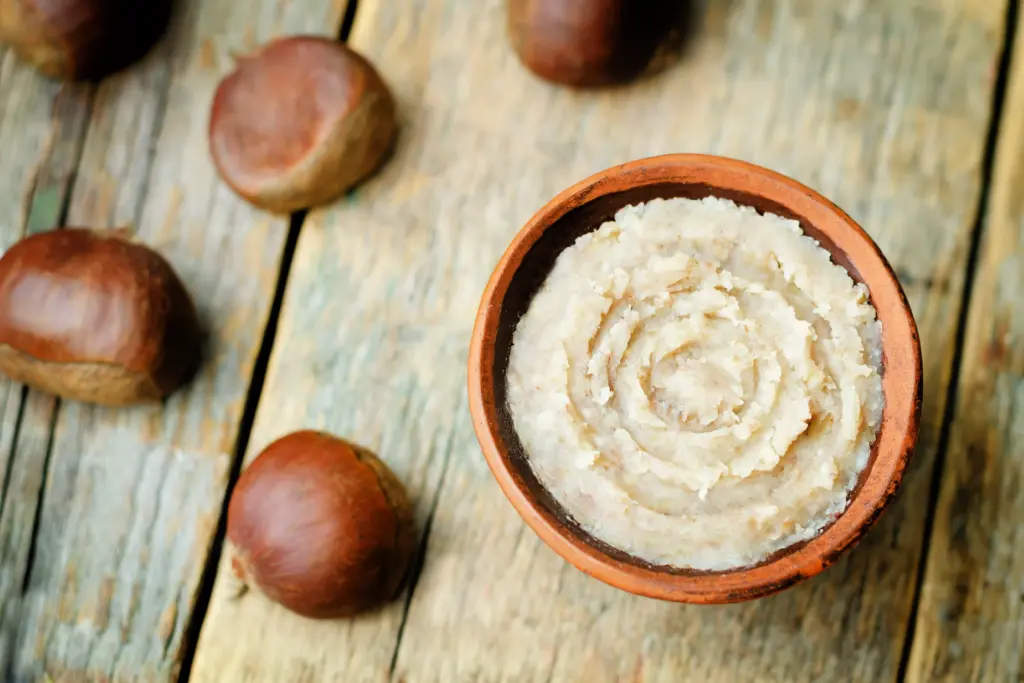
Tenshin amaguri is a blend of shiro-an and chestnut. It combines silky sweetness with comforting richness to celebrate the diverse flavors of the season. This creates a symphony of flavors that dance on your palate. Every bite brings memories of golden leaves falling from the trees. The aroma of freshly roasted chestnuts fills the air. It’s a sensory journey that transports you to moments of nostalgia. It invites you to savor the simple joys of home. Tenshin amaguri can be enjoyed on its own or incorporated into seasonal desserts.
Sakura-an (Sakura Bean Paste)
Enjoy the beauty of Japan’s cherry blossoms with sakura-an, a sweet bean paste that embodies the essence of spring. The delicate pink hue and subtle floral notes of sakura-an show the fleeting beauty of cherry blossoms in full bloom, captivating the senses with its charm.
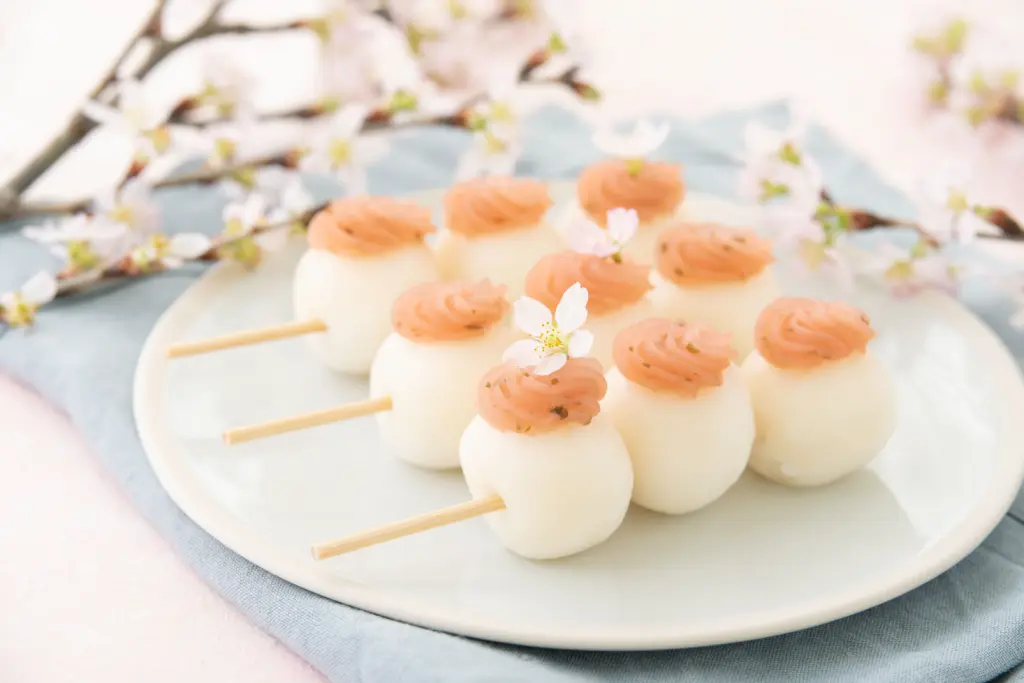
Overall, this delicious treat is a beloved fixture of hanami celebrations, where friends and families gather to enjoy the beginning of spring and the beloved cherry blossoms. Whether enjoyed by a forest of cherry blossoms or savored in the quiet solitude of home, Sakura-an captures the beauty of the changing seasons.
Kurogoma (Black Sesame)
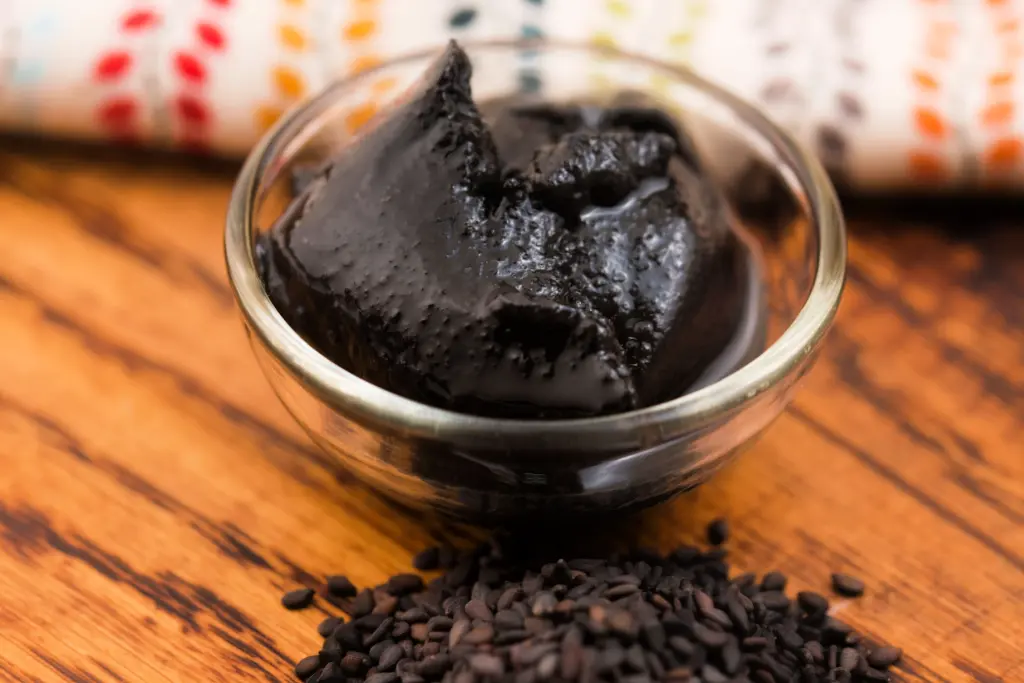
For adventurous palates, kurogoma also beckons with its bold and nutty allure. It uses roasted black sesame seeds. This variety of sweet bean paste is popular because of its rich, toasty flavor and luxurious texture. Moreover, kurogoma’s dark color conceals a treasure of flavor and is present in traditional and contemporary desserts! Whether drizzled over creamy ice cream or swirled into delicate pastries, this bean paste promises an unforgettable yummy experience!
Why should I try sweet bean paste?
Sweet bean paste comes in many flavors, showing the diversity of Japanese cooking. From the simple taste of zunda to the elegance of sakura-an, each type tells a story of Japanese culture. As we finish our exploration of sweet bean paste, we invite you to share your thoughts and experiences in the comments below. Have you enjoyed sampling these delightful varieties, or are you eager to go on your own culinary adventure? Let us know, and leave your thoughts in the comments below!

Discover authentic flavors with Sakuraco
Get Sakuraco 

Discover authentic flavors with Sakuraco
Get Sakuraco 
Related Articles

Mochi: How is Mochitsuki Made in Japan?
Mochitsuki is the Japanese tradition of pounding steamed rice to make mochi for the New Year. Families and neighbors gather to participate in this lively and meaningful tradition. The teamwork involved helps everyone feel a sense of connection.

Konpeito Candy: What Makes This Starry Treat Shine?
If you are a fan of the famous Demon Slayer series, then you probably know that the favorite treat of the adorable Nezuko Kamado is those tiny, colorful little sweets.

Kinako: The Amazing Roasted Soybean Powder!
Kinako is a very popular ingredient that can easily be found in many traditional Japanese sweets. It has a distinctive flavor, standing alongside other classic tastes such as red bean or sesame. Let’s explore this charming ingredient together, and who knows, you might even be able to make it in your own beloved kitchen!
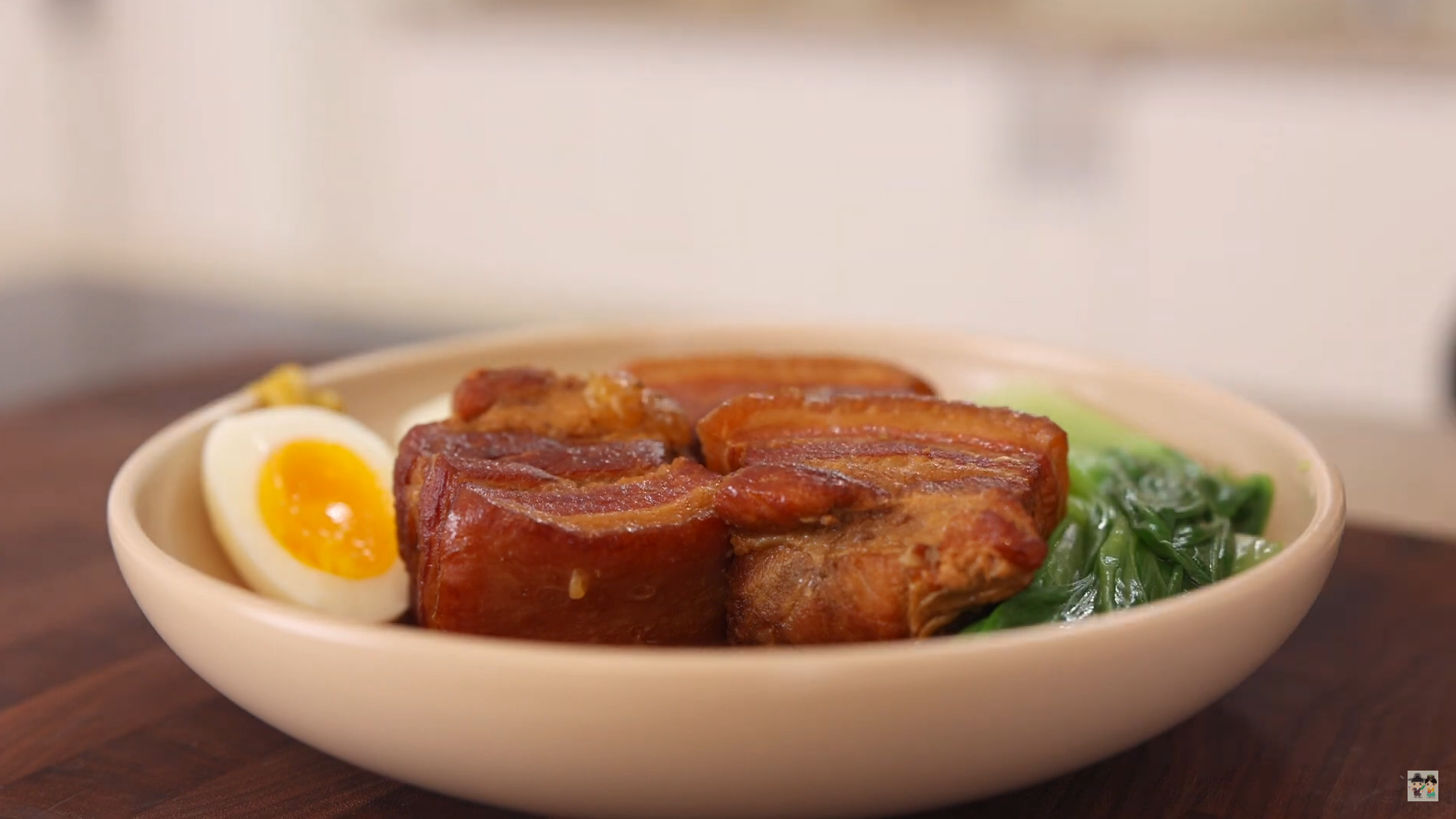
Aaron and Claire Make the Ultimate Japanese Pork Belly: Buta no Kakuni
If you want a Japanese dish that’s rich, tender, and simple to follow, Aaron and Claire show exactly how to make it in this episode. Aaron prepares Buta no Kakuni, a classic braised pork belly dish renowned for its rich flavor and tender texture.



